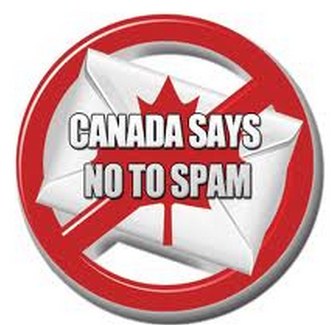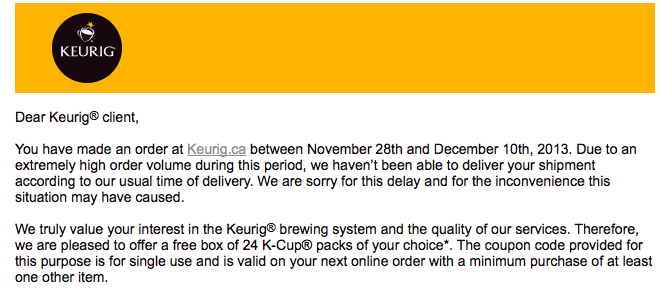Sex, Drugs & Rock n’Roll? How About Smart Technology, Ethics and Privacy?
Sure, sex sells and drugs and rock n’ roll still elicit a raised eye brow from many, but I have a question that is much more important to the masses. Are we really ready for where smart technology – specifically related to appliances – is taking us? Do we have the ethical issues identified? What about privacy policies for vendors, industry ethical standards, laws and regulations? Have we really thought out the implications and considered the ramifications?
It has been less than a week since a refrigerator has been identified as the source of more than 100,000 spam email. Seriously…yes, a fridge was used to spam people. It was spam this time, but my point is that someone was able to get control of the computer in the appliance – a fridge that was located in someone’s home or business. We have been so focused on virus protection and firewalls for our computers, mobile phones and tablets, but what about all this great new technology that is already in our homes and yet to be in our homes – fridges, microwaves, and even diapers – I kid you not diapers.
Technology is emerging so quickly that we just can’t keep up with the implications and ramifications. Regulators and legislators are still struggling to catch up with social media and all the issues around privacy that have emerged. Ethically, we are still working to deal with online bullying and distribution of child pornography as well as what rights employees have to privacy, and the rights of employer to access to social sites and information of their employees.
This is not to say that all this technology is not great. Just the opposite actually! I love technology and the things that it can do for us. Technology has enabled us and empowered us to reach wider audiences and to have a voice. Prior to social media, individuals didn’t really have this ability…not without a lot of expense and time. Additionally, I believe that there is some great work being down with Smart Grid technology with a significant focus on protection and privacy.
The issue for me around all of this smart technology in terms of appliances is really centred on who is the gatekeeper? Who is helping identify all of the potential land mines that come with having access to so much personal data? Who is ensuring that the right people have the information versus protecting it from the wrong people? As more and more smart devices enter our homes, there are countless companies that will have access to our activities including food and drink preferences and consumption, brand preferences and by extrapolation spending habits, when and what rooms we use and how, the frequency of cleaning and on and on and on. In addition, who has the access and power to take control of our devices ( and information) and use it they way they want to use it? Can our access be cut off?
As we become increasingly dependent or reliant on our technology, how long will it be before we are rendered incapable of caring for ourselves? What are we doing as individuals to ensure that we protect our data, our privacy and our ability to think for ourselves?
What are your thoughts on having “smart” devices in your home? Are you ready to jump in with both feet?














